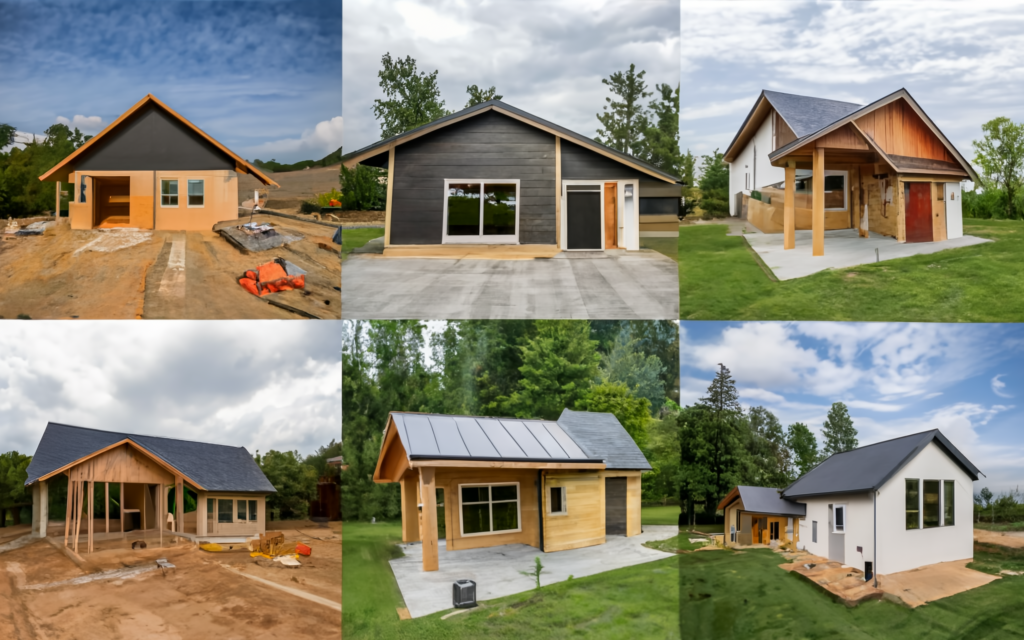Cost of Building a House in Nepal: Budgeting Guidelines
In order to ensure that the project is in line with your financial capabilities and expectations, it is necessary to carefully plan and budget for the construction of a house in Nepal. The cost of building can vary greatly based on a number of factors, such as the location, the design, the materials, and the labour. In order to assist you in developing an efficient budget for the construction of a house in Nepal, here is a thorough guide.
1. Recognising the Most Important Cost Factors
It is vital to have a solid understanding of the fundamental aspects that determine construction costs before delving into the minutiae of budgeting. These components are as follows:
Location
There is a potential for considerable price disparities between urban and rural areas. For example, the cost of construction in Kathmandu and other major cities is typically more than the cost of construction in rural areas because of the higher cost of labour and additional materials.
Design and Size
The degree of difficulty of the design and the dimensions of the house will both have an effect on the total cost. Generally speaking, the cost of custom and elaborate designs is more.
Materials
The cost is impacted by the construction materials that are selected, such as bricks, concrete, or wood. Materials that are imported or of a high quality will result in increased costs.
Labor
Costs of skilled labour fluctuate, with seasoned workers demanding greater salaries. Labour expenses are also influenced by the geographical location of the project.
Regulations and Perits
Adhering to relevant local building regulations and acquiring required permits can increase the overall expenses.
2. Estimating Costs Per Square Foot
Quantifying the cost per square foot is a widely used method for estimating building expenses. The typical cost of construction in Nepal might vary between NPR 2,500 and NPR 5,000 per square foot, contingent upon the aforementioned criteria.
The Basis: NPR 2,500 - NPR 3,000 per square foot Construction Standard: NPR 3,000 - NPR 4,000 per square foot Premium Construction: NPR 4,000 - NPR 5,000 and beyond per square foot.

3. Detailed Budget Breakdown
To get a more accurate estimate, consider breaking down the budget into the following categories:
A. Land Costs
The cost of buying land varies greatly based on location and size. It should isncludes registration and legal documentation costs.
B. Design and Planning
Architect/Designer Fees: Typically 5% - 10% of the total construction cost.
Engineering Fees: For structural and civil engineering, usually 2% - 5% of the total cost.
C. Construction Costs
Foundation: Costs for excavation, concrete, and reinforcement.
Structure: Costs for walls, floors, and roof construction.
Finishes: Includes plastering, painting, tiling, and flooring.
Fixtures: Costs for electrical fixtures, plumbing, and hardware.
D. Labor Costs
Skilled Workers: Includes masons, carpenters, electricians, and plumbers.
Unskilled Workers: Includes general laborers.
E. Materials
Structural Materials: Bricks, cement, steel, etc.
Finishing Materials: Tiles, paint, fixtures, etc.
F. Miscellaneous Costs
Permits and Fees: Building permits, utility connection fees.
Contingency Fund: Typically 10% of the total budget for unexpected expenses.
Conclusion
Constructing a residence in Nepal necessitates meticulous financial calculations and strategic preparation to guarantee that the undertaking aligns with your desired outcomes and financial limitations. In order to efficiently oversee your building project, it is essential to comprehend the primary cost elements, make estimations of expenses per square foot, and meticulously categorise the budget. By using meticulous planning and effective financial management, it is possible to transform your ideal home into a tangible achievement within your budget.
Related Blogs
- Why Y.S. Builders are Leading Construction Company in Nepal ?
- Build Wise, Build Strong: Why Choose Pillar Construction in Nepal?
- Cost of Building a House in Nepal: Budgeting Guidelines
- The Essence of Nepali Architecture
- The Resilience of Bhaktapur’s Architecture
- Traditional Newari Houses: A Model of Sustainability
- The Unique Charm of Wooden Carvings in Nepali Architecture
- Pagoda-Style Temples: A Glimpse into Spirituality
- Symbolism and Spiritual Significance of pagoda
